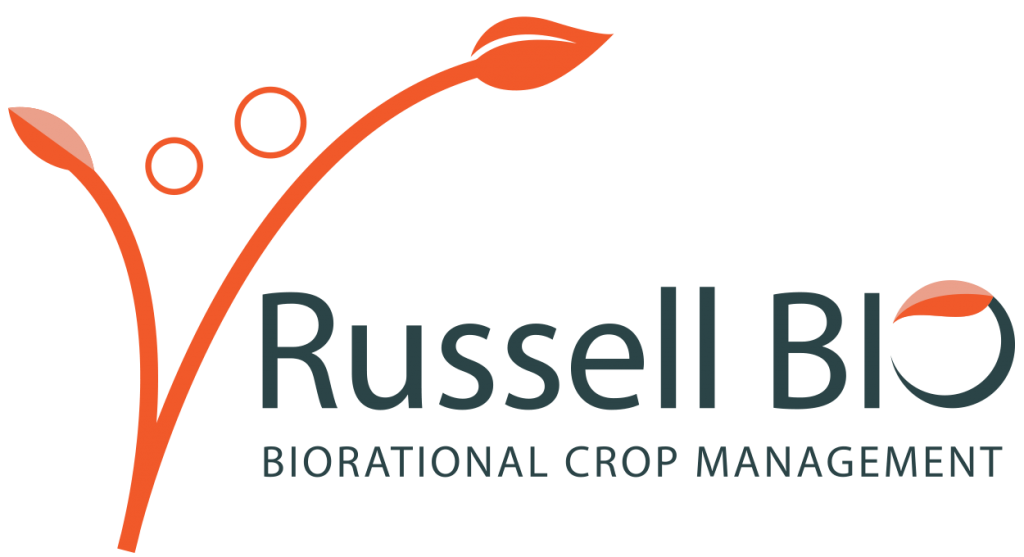
What Is SilMax?
SilMax is a liquid silicone very effective for controlling mosquito larvae and pupa in water.
It spreads rapidly across the surface of standing water – even large water bodies – and forms a very thin film.
How Does It Work?
As silicones have a very low surface tension, the film prevents pupae and larvae from attaching themselves at the surface while attempting to breathe, thereby causing them to suffocate and death as a result. It also discourages female mosquitoes from laying eggs on the surface. So the entire life cycle of the mosquito is interrupted.
Application Rate and Methods
The recommended application rate for SilMax is 1 ml per square metre of water surface (10 litres per hectare). Trials have shown that it is effective on the surface for 4 weeks, except in the most extreme conditions. For almost all situations, SilMax can be simply trickled on to the water and it will spread across the surface.

Category A:
Small Areas Of Standing Water
This includes water drums, puddles, gutters, pit latrines, blocked drains, construction sites and other standing water around the village or in urban environments.In these situations, SilMax can be applied directly from squeeze bottles – either by operatives or even by the general population.
Category B:
More Difficult Conditions
This includes rubbish dumps and other situations where water can collect, but where the water surface is not continuous and it is too difficult to apply SilMax from a bottle. In these cases, we recommend that SilMax is applied from a spray unit carried on the back of the operator. A fine mist of the product, when sprayed over the whole area, will form a film over the pockets of water.
Category C:
Larger Areas of Open Water
This includes waterholes and swampy areas which have a water surface too large for treatment with squeeze bottles. In these cases, SilMax can be simply poured on to the water from 5 litre or 20 litre drums and it will spread across the surface.
Note: SilMax is not a biocidal product for the purposes of Article 3(1)(a) of Regulation (EU)
No 528/2012 [EXECUTIVE DECISION (EU) 2015/655 DECISION of 23 April 2015]


